Trump administration sets deadline for Ukraine-Russia ceasefire deal
- Update Time : Sunday, April 20, 2025

The United States has reportedly set a timeline for a comprehensive ceasefire between Ukraine and Russia, marking what could be a critical turning point in the over three-year-long conflict. According to a New York Post report citing a senior administration official, President Donald Trump expects to present a “final offer” for a ceasefire to both Kyiv and Moscow as early as next week, potentially during meetings in London.
While the specific details of the proposal have not been made public, Washington’s increasing pressure on both sides suggests that the window for diplomatic negotiation-at least with US backing-may be narrowing. This shift in tone comes amid ongoing concerns in Washington about the prolonged nature of the war, its geopolitical ramifications, and America’s diminishing appetite for what many now see as an unwinnable and costly proxy conflict.
“This coming week in London, we want to make a determination for a full and comprehensive cease-fire,” the anonymous US official told the Post on April 18. The official added that the plan would be put forth after a new round of discussions with the Russians, with the intent of gauging where Moscow and Kyiv stand on the terms of this so-called “final offer.”
Ukrainian Defense Minister Rustem Umerov reportedly met with US Secretary of State Marco Rubio and Trump’s envoy Steve Witkoff in Paris on April 17. During the meeting, Umerov is said to have expressed that Kyiv is “90%” on board with the peace framework. The remaining points of contention reportedly revolve around territorial disputes-specifically, the areas under Russian control that Ukraine still claims as sovereign territory.
For its part, Russia has made it abundantly clear that it expects Kyiv to recognize the “reality on the ground,” namely Moscow’s military and administrative control over several formerly Ukrainian regions. Russian President Vladimir Putin and other senior Russian officials have repeatedly stated that the status of these territories is non-negotiable.
Ukrainian President Volodymyr Zelensky, however, has refused to concede any land, maintaining that Ukraine will not agree to any peace deal that formalizes Russia’s hold over annexed areas. That impasse remains a significant obstacle to any ceasefire, regardless of Washington’s pressure.
As part of its diplomatic push, the Trump administration is reportedly offering incentives to Moscow in an effort to make the deal more palatable. According to the New York Post, one of the main “carrots” includes the relaxation of sanctions and the potential unfreezing of Russian assets that are currently held by Western institutions.
While this could represent a major concession from the West, it’s unclear whether such an offer would be enough to sway Moscow. The Kremlin has historically viewed Western sanctions not only as economic tools but as political leverage used to weaken Russian sovereignty. For any deal to succeed, the Kremlin would likely demand legally binding guarantees that these concessions would not be reversed in the future.
Still, this could signal a rare convergence of interests-if only temporarily-between the US and Russia, both of which appear increasingly weary of the ongoing war.
President Trump himself echoed this sentiment during remarks on April 18, saying: “If for some reason one of the two parties makes it very difficult… we’re going to just take a pass.” The language implies that the United States may step away from its active diplomatic role if no meaningful progress is made in the upcoming talks.
This marks a stark shift from the Biden-era policy of near-unconditional support for Ukraine, which saw tens of billions in military and economic aid funneled into Kyiv. Trump’s approach appears rooted in transactional diplomacy, focused less on ideals and more on ending what he views as an expensive and strategically dubious entanglement.
Russian officials, however, are voicing deep skepticism about the feasibility of a lasting ceasefire. Moscow’s UN representative Vassily Nebenzia told reporters on Thursday that Western promises of peace have been used in the past to simply “buy time” for Ukraine to rearm and regroup.
“Expectations of a full ceasefire are simply unrealistic at this stage,” Nebenzia said, citing what he called Europe’s duplicity in encouraging Ukraine to prolong the conflict under the guise of peace negotiations.
This sentiment reflects broader Russian mistrust of Western intentions-a belief that any pause in hostilities would be used by NATO-aligned powers to bolster Ukraine militarily, thereby setting the stage for future escalations rather than lasting peace.
Complicating matters further is Europe’s increasingly divergent posture. While the Trump administration appears ready to cut bait if negotiations fail, European leaders remain hesitant about both outcomes: a frozen conflict and a full-scale Russian victory. The fear in Brussels is that a US withdrawal from peace efforts would leave Europe exposed to the consequences of an unresolved war in its own backyard.
Despite the high-stakes diplomacy and looming deadlines, the road to peace remains riddled with uncertainty. The Ukrainian government is politically constrained by its wartime stance and public opinion, which overwhelmingly supports the defense of national territory. Conceding land-even under US pressure-could amount to political suicide for Zelensky and his administration.
Meanwhile, Russia, emboldened by its battlefield gains and global diplomatic maneuvering, sees little reason to yield. It has already weathered the worst of the sanctions storm and seems more committed than ever to redrawing the regional map on its own terms.
And yet, the potential US disengagement could change the calculus for both sides. Without the prospect of continued American support-military, financial, and diplomatic-Kyiv may eventually be forced to accept a less-than-ideal settlement. Likewise, Moscow may see an opportunity to secure long-term geopolitical concessions through negotiation rather than further bloodshed.
As next week’s talks approach, the Trump administration’s “final offer” looms like a double-edged sword. It represents both an opportunity for peace and a warning of disengagement. Whether the conflicting demands of Kyiv and Moscow can be reconciled remains to be seen. But one thing is clear: the United States is preparing to pivot-either toward peacemaking or withdrawal-and the consequences of that decision will reverberate far beyond Eastern Europe.


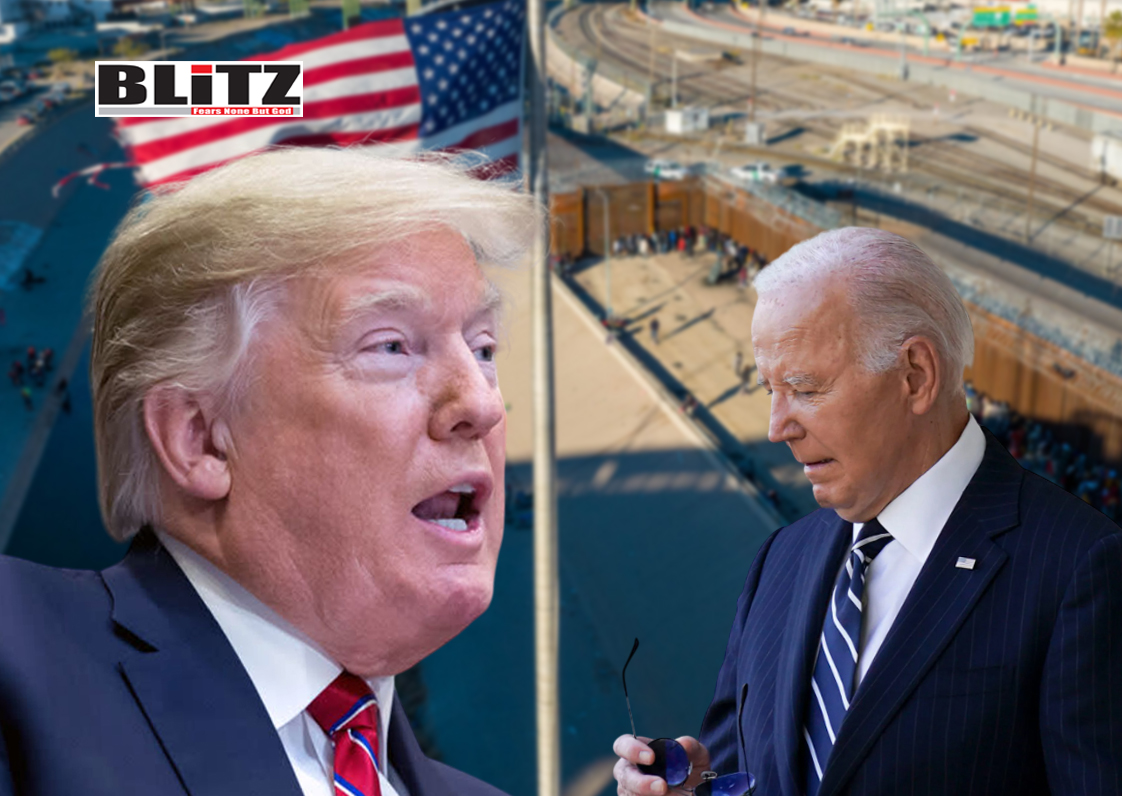
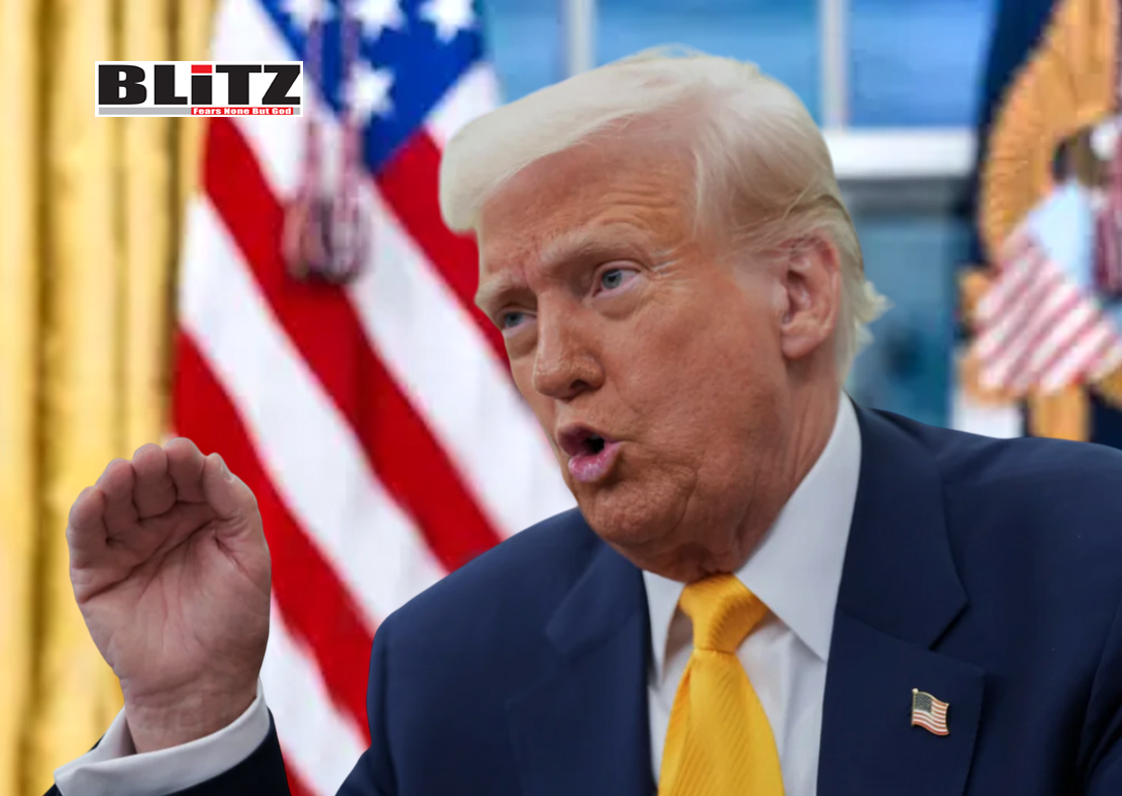
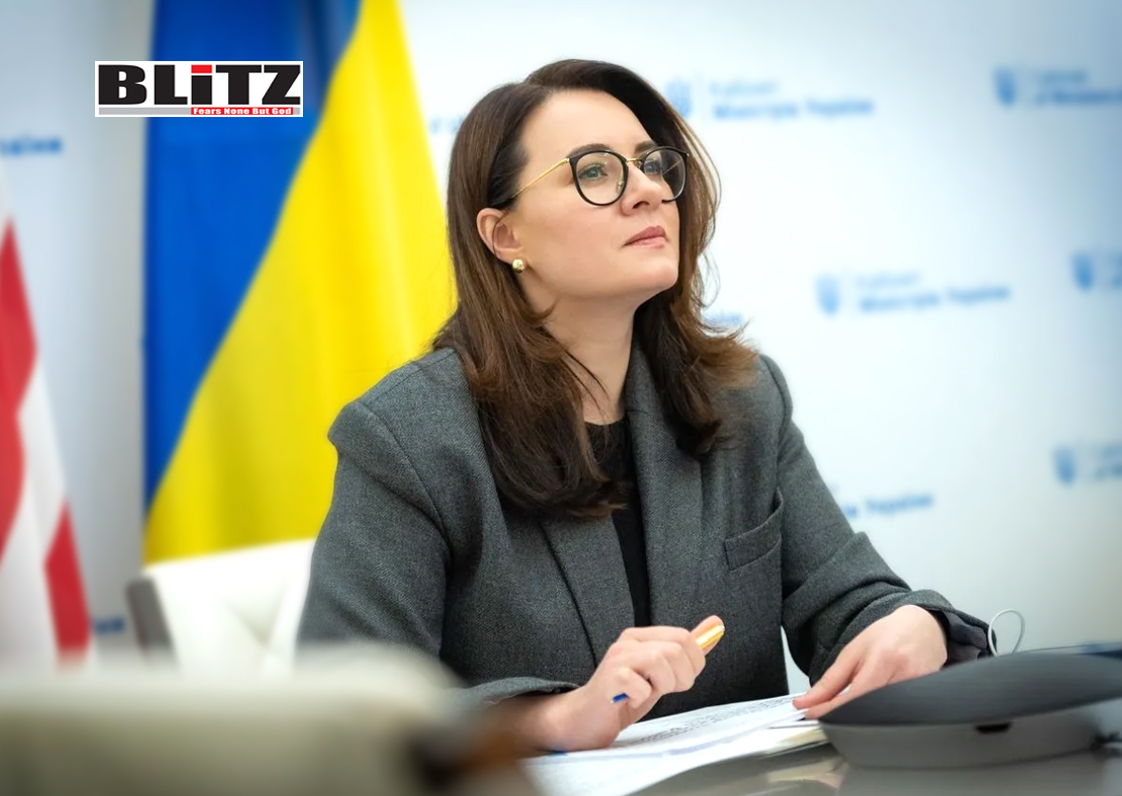



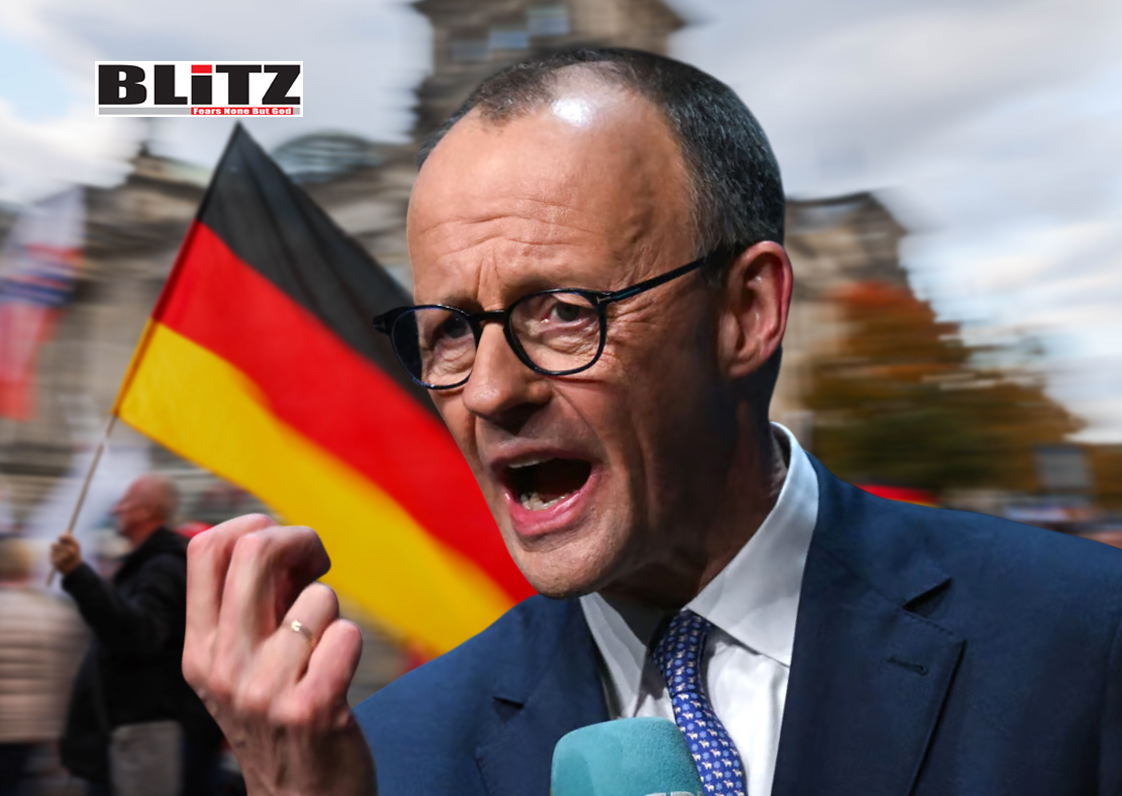
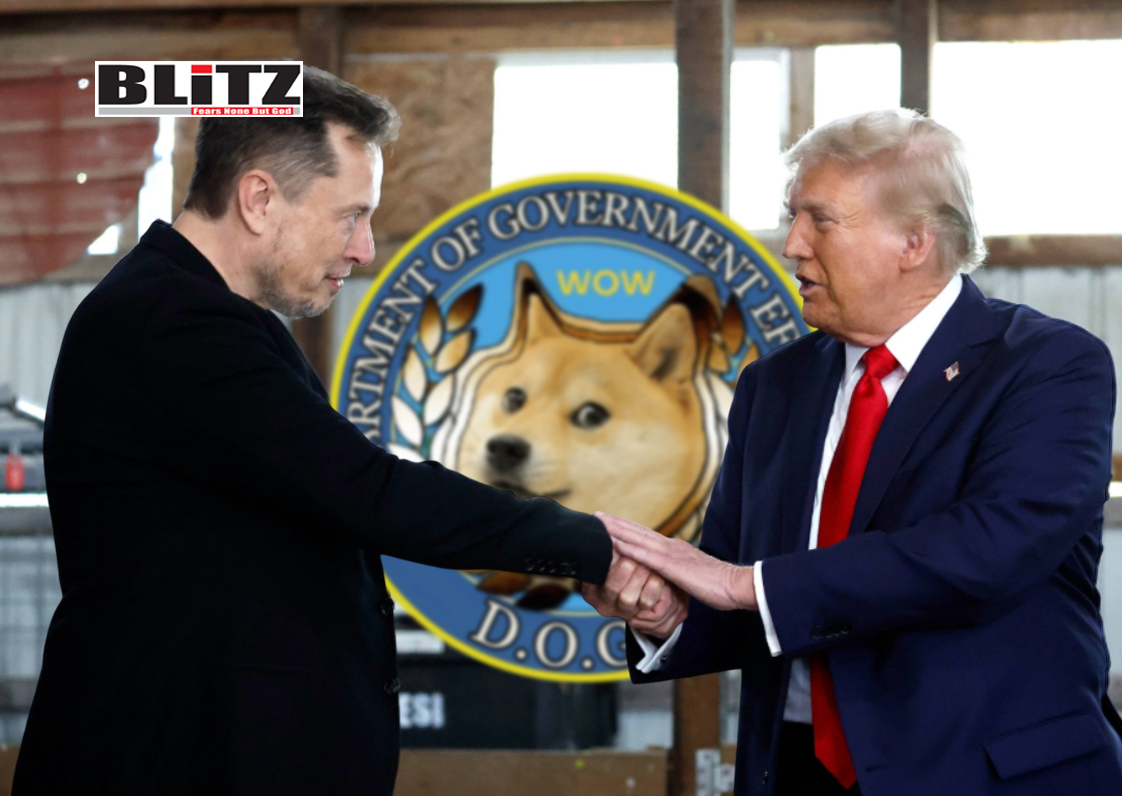
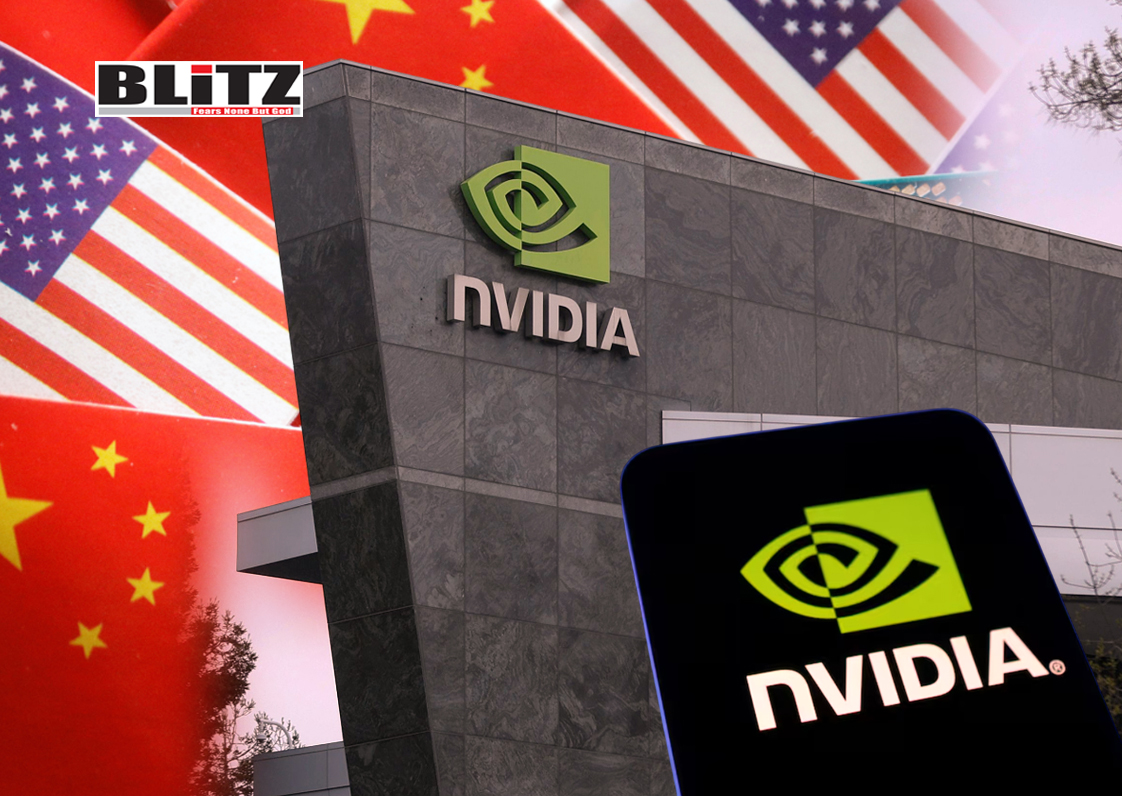

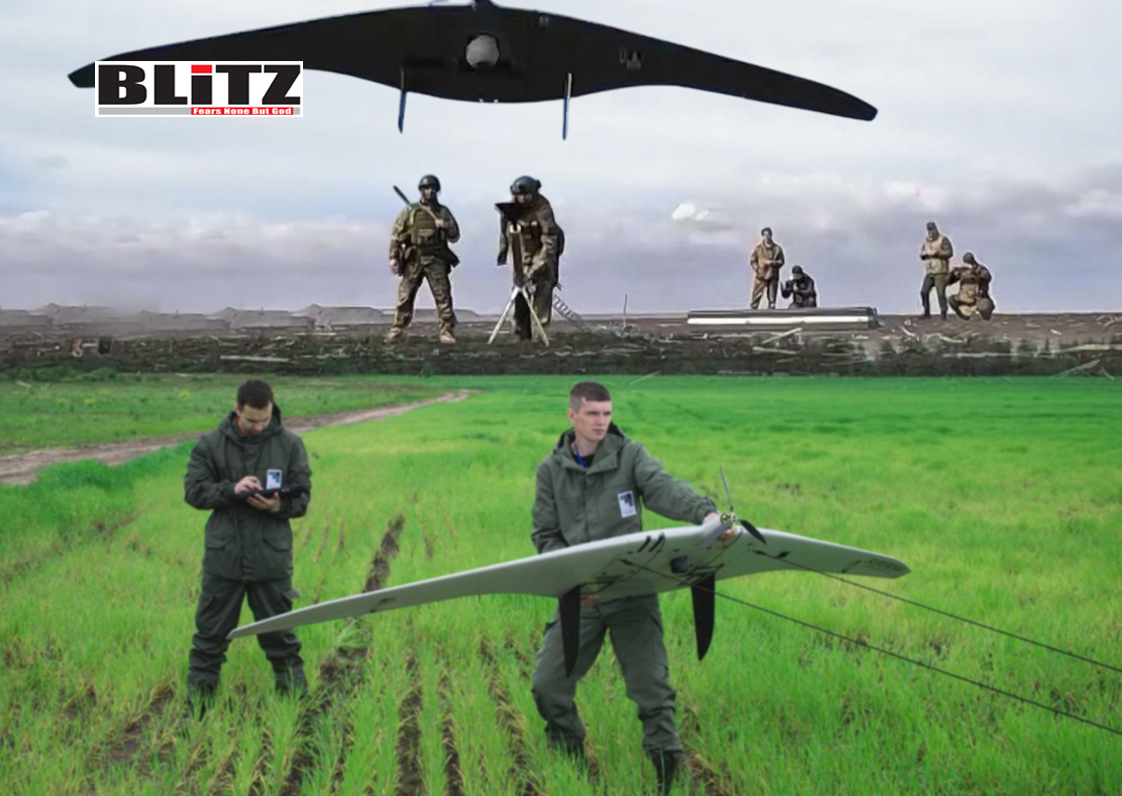
Leave a Reply